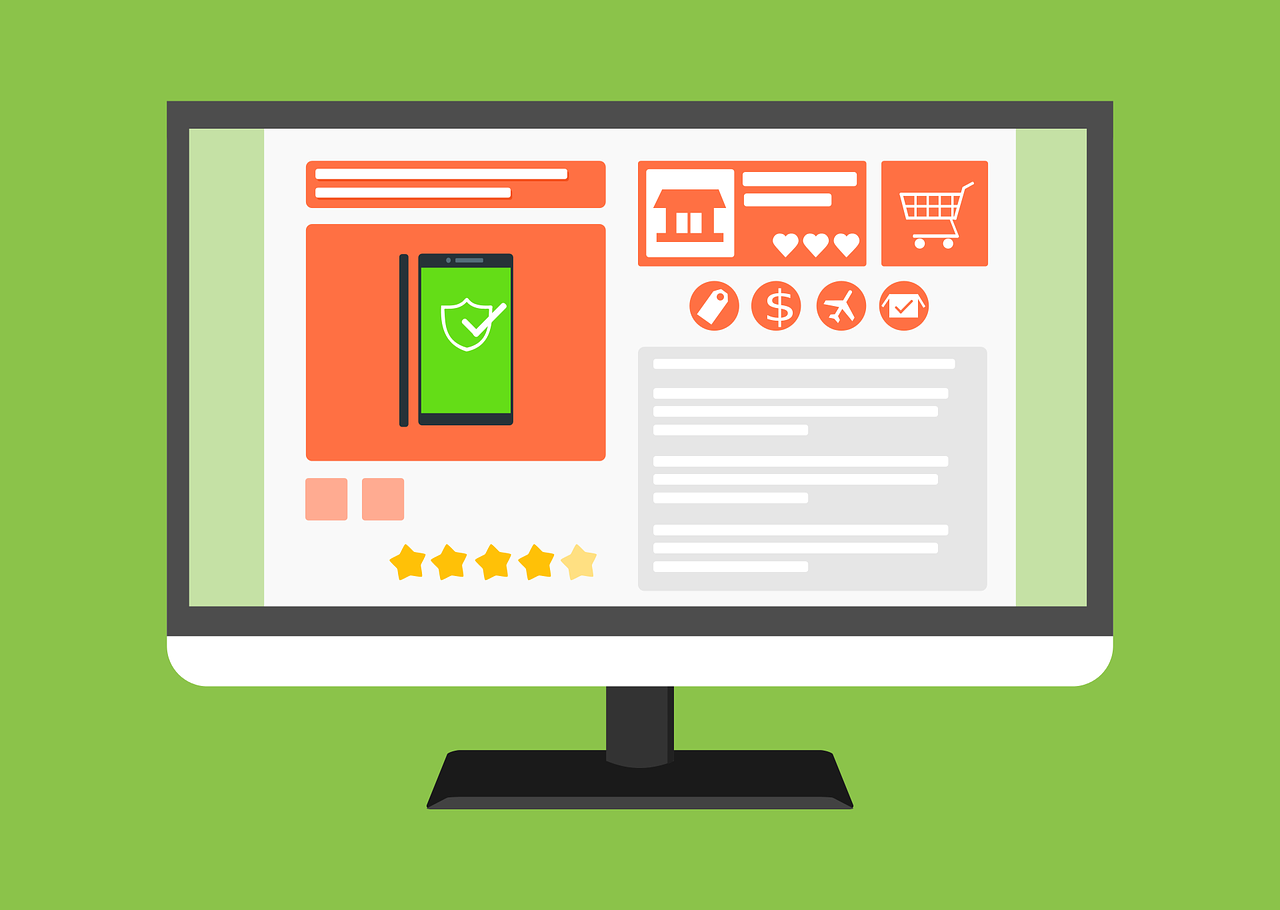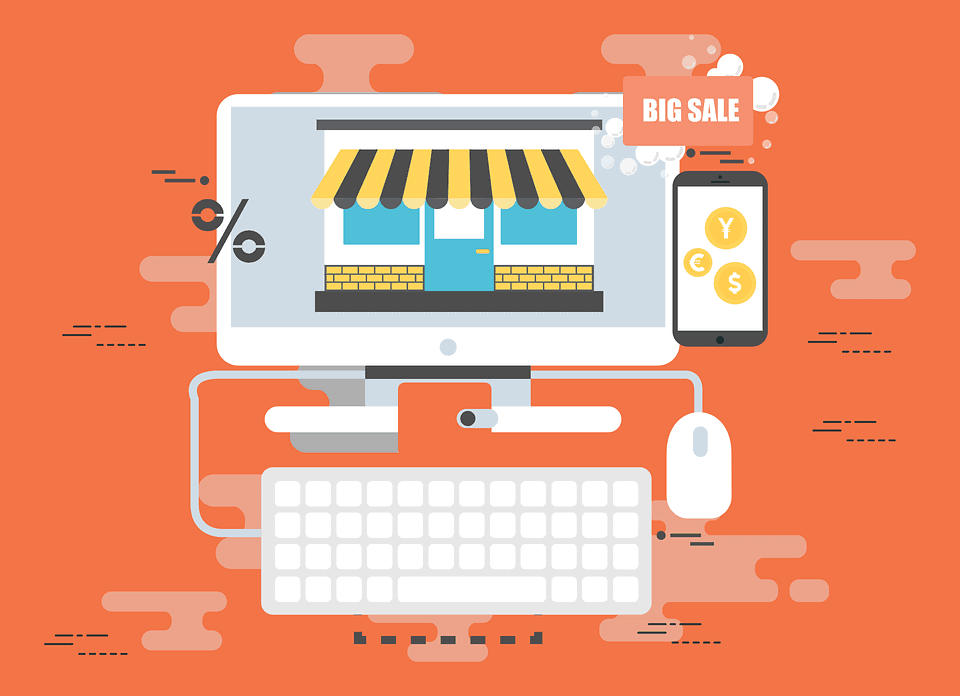20 years ago, ordering online used to be a convenience that was only afforded to people who had internet connection. And even if they were connected to the web, only a few ecommerce stores were around to cater to these online shoppers.
Fast forward to 2021 and it seems like everything you need in order to survive can be bought online. Ecommerce has grown leaps and bounds over the years and this growth became more evident because of the worldwide pandemic caused by COVID-19.
Ecommerce has everything a businessman can dream of: worldwide reach, customization, improved integration and return policies to name a few. If you’re on the fence about ecommerce, we have trends that will prove to you that it is the future of business.
Phenomenal Growth
Online sales is growing and is expected to hit $6.388 trillion in 2021. This is double the amount in 2019.
One of the biggest factors for this growth is the growing level of comfort for online shopping. More and more people are feeling comfortable buying things online and online shopping is becoming normal.
Another factor is the growth in trust and improved website experience. In the past, many people were hesitant to purchase items online, but that is no longer the case. Ecommerce stores are not only improving in terms of payment gateways and security but also in terms of customer service.
COVID-19
One of the factors impacting ecommerce is COVID-19. Despite vaccination rollouts around the world, many governments are still implementing mask mandates and physical distancing rules. This has resulted in more people continuing to shop online.
For example, Jeff Bezos’ wealth has grown by $24 billion due to COVID due to an increase in the demand for Amazon’s products and services.
According to the experts, the demand for ecommerce is not just a short term boost. It is here to stay. This is because people have gotten used to the convenience and comfort of shopping at home.
Mobile Shopping
Mobile shopping is also growing with sales coming from mobile devices chipping in $2.66 trillion. This figure is expected to rise to $3.79 trillion in 2022.

More and more people use their smartphones not only to connect with friends and family but also to browse and do their shopping. Aside from checking out online, people also use their phones to do research, to compare prices and to read reviews.
Millenials and Gen Z shoppers who grew up surrounded by computers and gadgets are the most comfortable with online shopping. They are also more likely to use their phones to shop online compared to other generations.
Young Consumers Are Driving Online Shopping
The shift to online shopping is happening across generations. However, it is the younger generation that is driving the trend.
According to Shopify, two out of three (67 percent) young consumers aged 18 to 34 are spending more money purchasing items online now than before the pandemic.
The growth is more modest in other age groups. For example, 35 to 54 years of age increased their online shopping expenditure by 57% and those over 55 only 41%.
This means that business owners like you should target the 18 to 34 age bracket to increase sales potential.
Social Media and Ecommerce
Facebook, Instagram and Tiktok boost the number of shoppers. The “buy” button on Facebook and the Instagram Checkout features have a big impact on ecommerce.
Social media has not only impacted our relationships but also our shopping behavior. Social media has become a great platform for brands to get discovered. With more people spending time on social media, brands are seeking the help of infulencers to increase their chances of being discovered by consumes.
Additionally, shopping platforms like Shopify give their users an easy way to link their online stores with social media sites so that people can buy from them directly.
Environmental Topics Influence Online Shoppers
Green consumerism is also on the rise. 39% of digital consumers say that poor environmental records can influence their buying decisions.

As an online store owner, you should strive to minimize to create more environment-safe practices such as sustainability. Consumers today are more conscious about the environment than ever before.
For example, you can purchase raw materials from suppliers that provide products from fair-trade organizations to help create a greener ecommerce environment.
Other habits of green consumers include: buying free range meat or vegan skincare products.
Shopping With Independent Businesses
Aside from caring for the environment, today’s shoppers are expressing their willingness to purchase from new and independent businesses. This increase has been driven by the pandemic but other reasons include: wanting to support a new business, interest in a new product and to experience good customer service.
Augmented Reality Is Here
Augmented reality is changing the way we shop. By 2022, more shops will be using AR technology to offer a richer buying experience.
One of the biggest problems with online shopping is that buyers can’t see the products first hand. AR is here to bridge the gap and enable shoppers to better visualize the products that they want to buy.
AR can change the way customers perceive products and give them a better understanding of what they want to purchase.
Some ecommerce stores are already offering AR not only to enhance customer experience but also to allow shoppers the ability to test and explore products just like they would do in real life.
Personalization Is the Future
According to 50% of shoppers, a personalized shopping experience is important. Many shoppers want help in finding items they need. Poor product recommendations can bring down customer experience and cause some shoppers to avoid certain stores.
Personalization tactics is the key to keeping customers satisfied. Examples include: personalization of messages that go out via email, providing relevant discounts and engaging them can help deliver a better shopping experience and strengthen the bond with your customers.
Visual Commerce
Visual commerce is the next generation of normal static visuals. Instead of just using product photos to market your business take it one step further by incorporating other types of visuals such as consumer-generated media, interactive content, engaging videos, and as previously mentioned, augmented reality.
The North American market is the biggest user of visual commerce with 75% of shoppers search for visual content first before buying a product.
Bottom Line
Keeping an eye on these ecommerce trends can help improve shopping experience for your clients and help you create a lasting bond with them. Aside from this, knowing what trends are impacting ecommerce can drive your ecommerce brand forward, and stay ahead of your competition.



